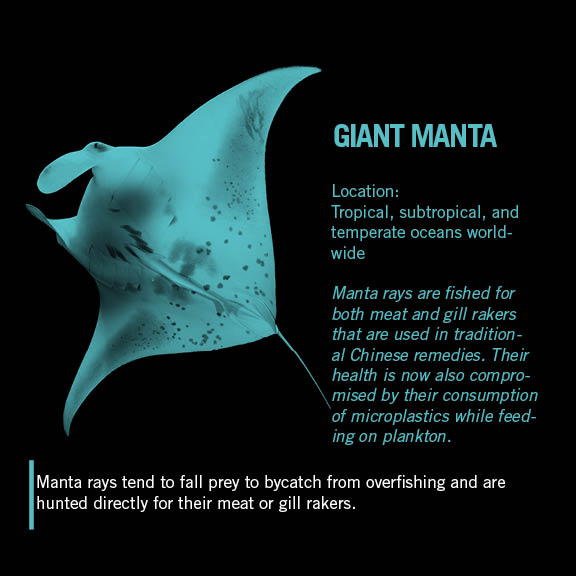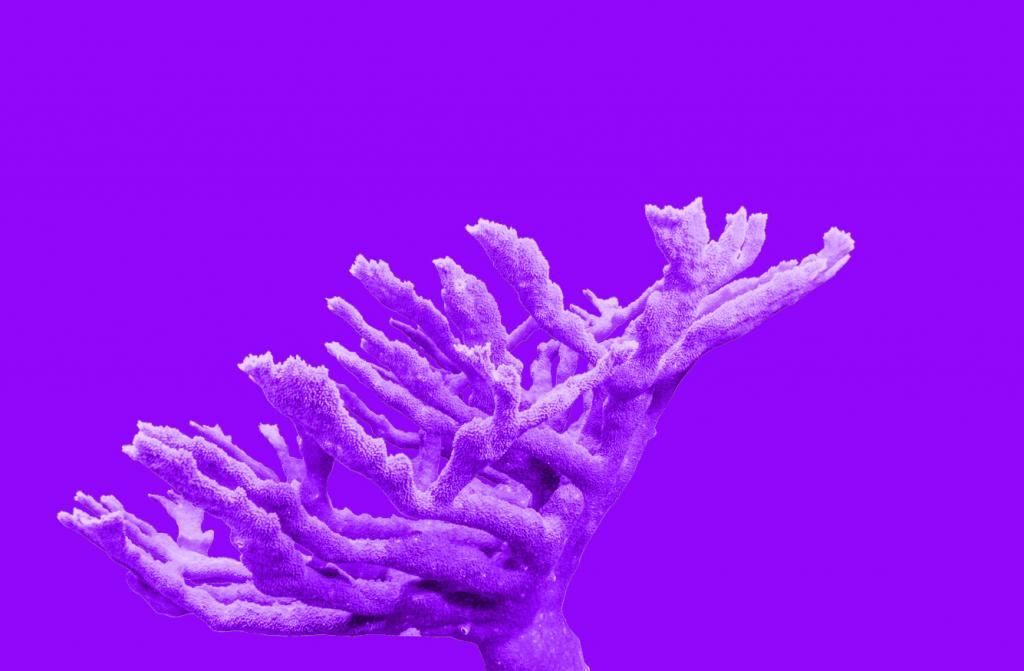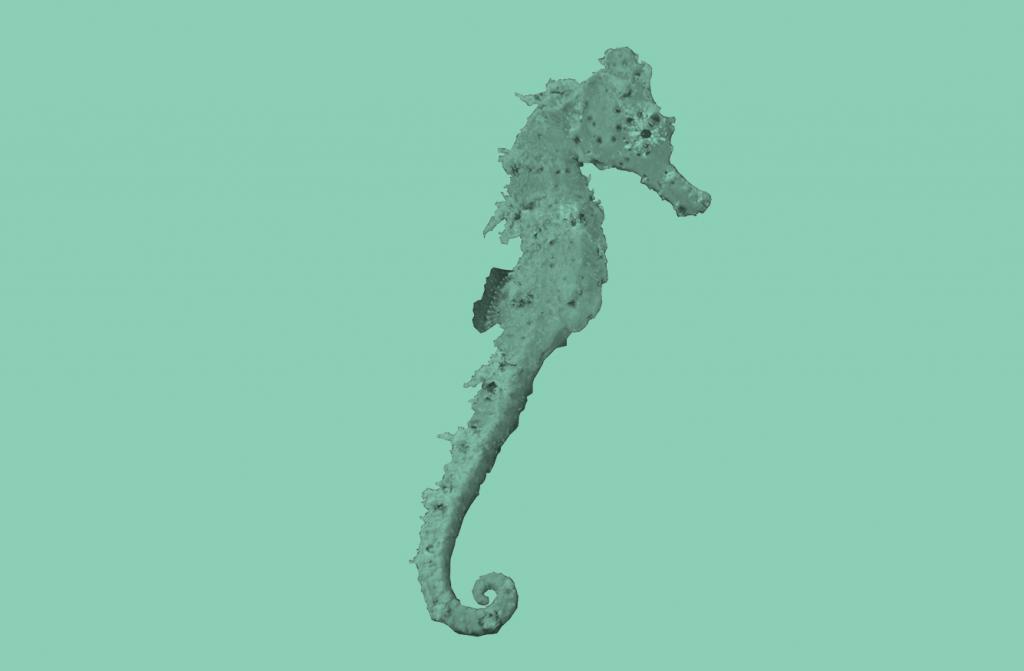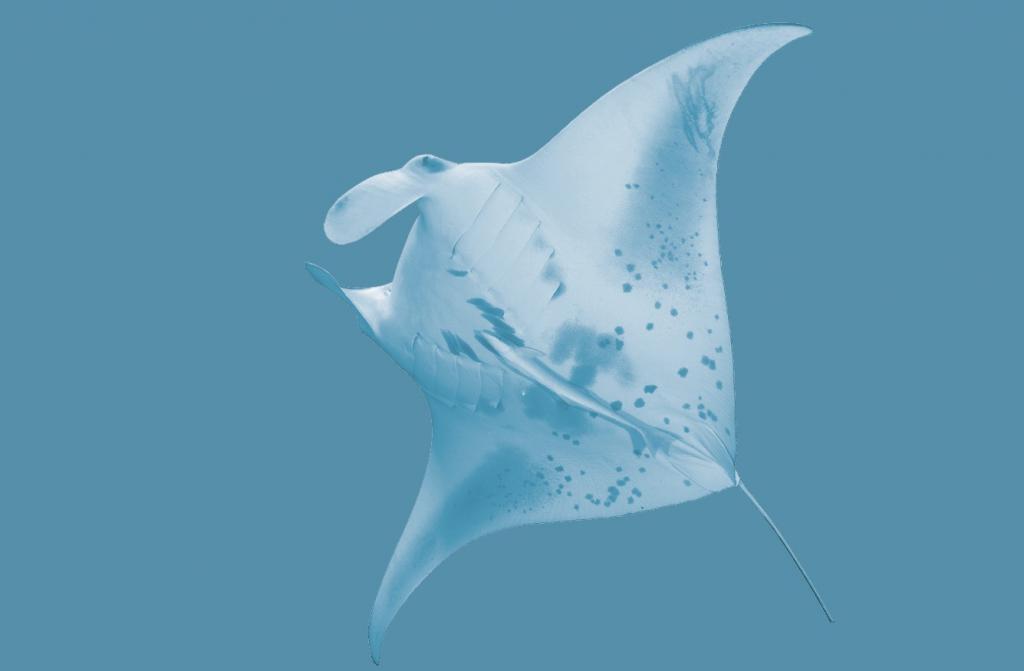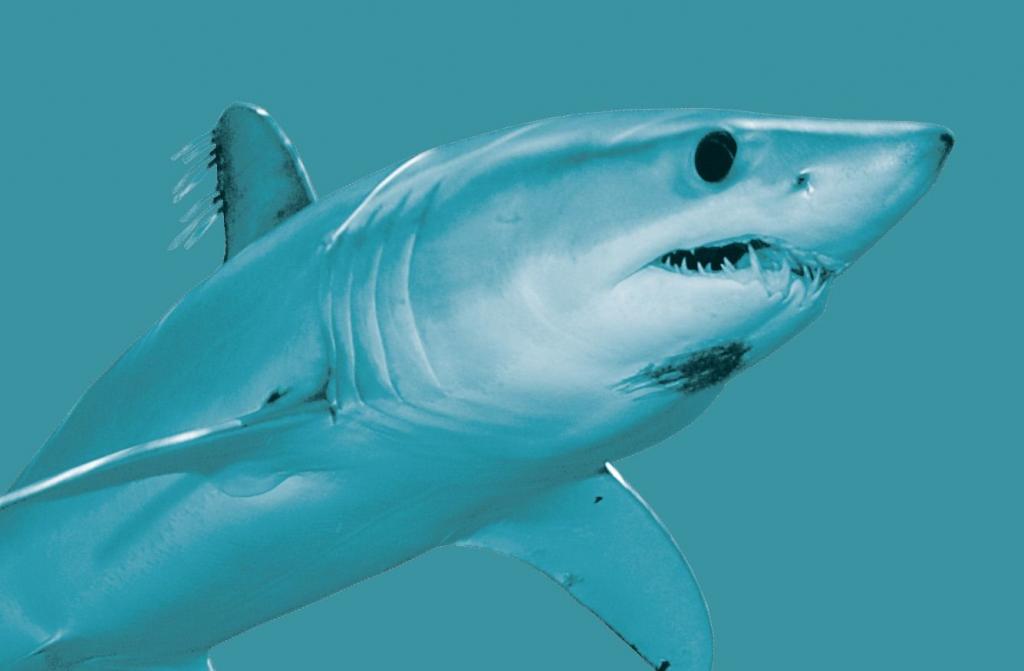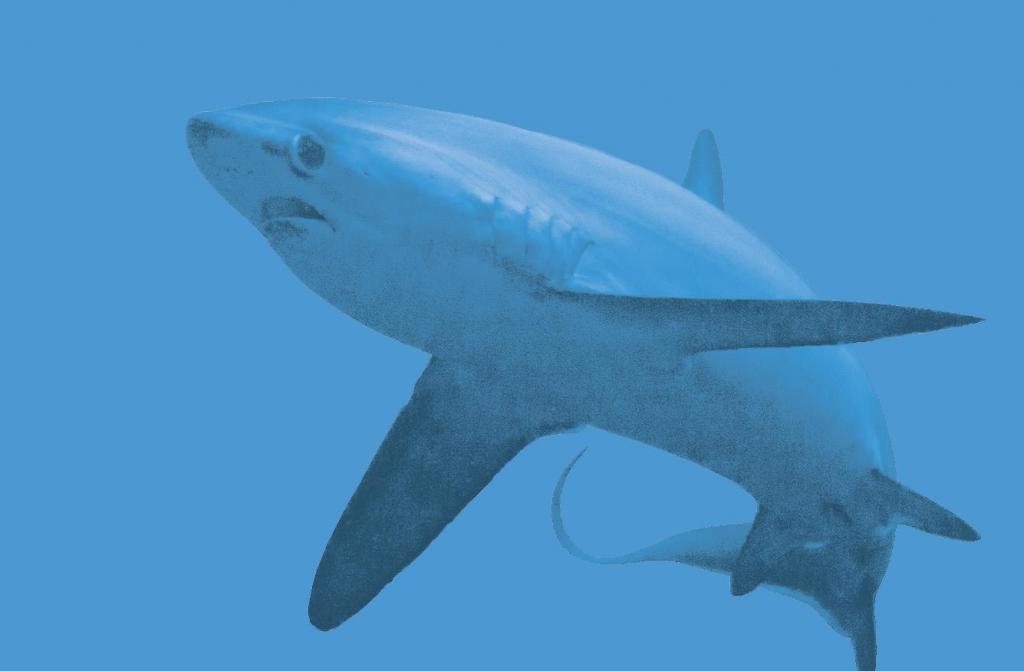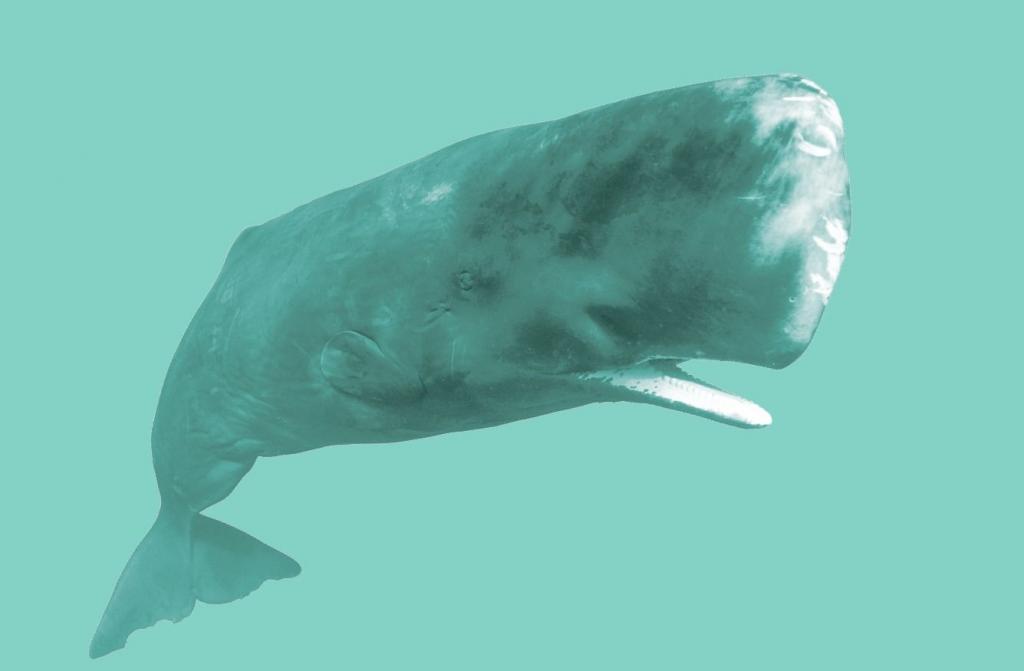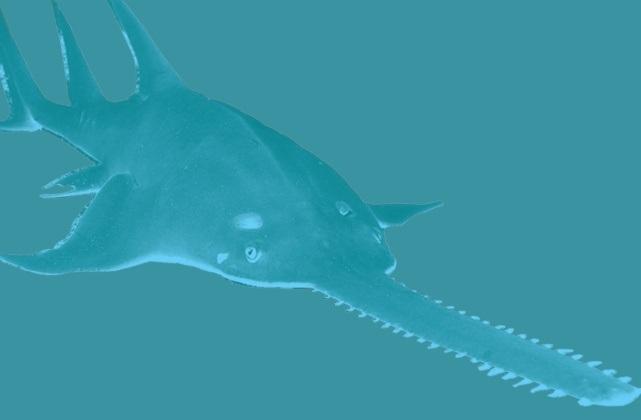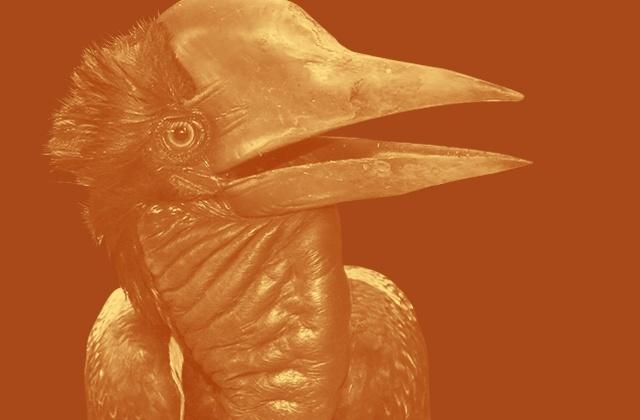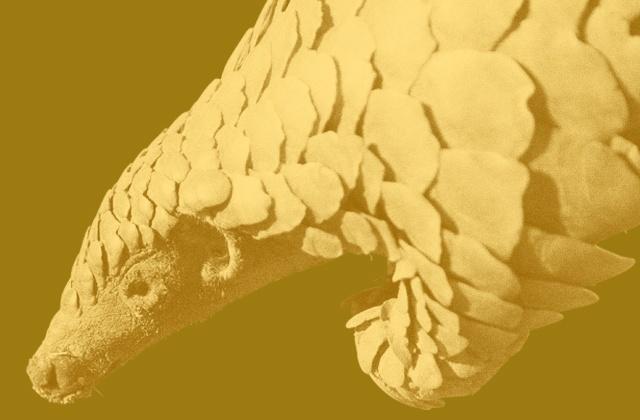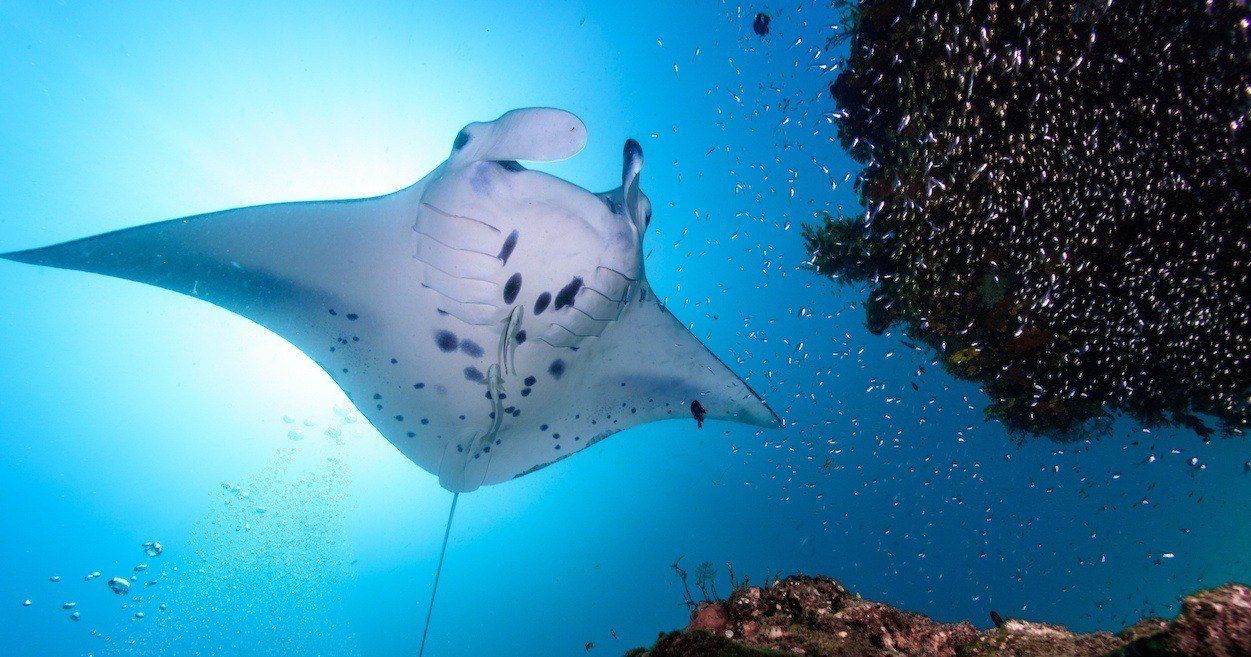
Manta Ray
The giant manta ray has the largest brain of all the world’s fish, but they filter-feed on some of smallest organisms in the oceans.
WHERE THEY ARE FOUND
There are two species of manta ray: the reef manta ray, which is found in the coastal waters of the tropics and sub-tropics, and the largest ray in the world, the giant oceanic manta ray, which migrates in the world’s open waters.
WHY THEY ARE IMPORTANT
Unlike its closest living relative, the shark, manta rays do not actually have teeth and instead sieve plankton out of the water using rows of tiny plates in their mouths, which they funnel in their mouths as they swim.
They control plankton abundance and diversity and regulate nutrient cycling. Reef manta rays dive between the surface ocean and the deep sea, creating a valuable ecological connection between the two.
HOW THEY ARE THREATENED
Manta rays are already threatened by targeted fishing, incidental capture as by-catch and entanglement in marine debris, plastic pollution and habitat degradation. The giant manta ray has become highly valued in international markets for its gill rakers, sponge-like tissue between their gills, which are used in Chinese medicines. Manta rays reproduce slowly and live long, which makes them highly vulnerable to overexploitation.
As for most marine life, plastic pollution poses another major threat to manta rays. Large plastic products clog up the manta’s stomach, making it impossible for the animal to digest nutritious food and the animals die. Pieces of plastic <5mm, called microplastics, pose another serious threat. Microplastics are ingested by sea animals and subsequently block digestive tracts, diminish the urge to eat, release toxins, and alter feeding behavior, all of which reduce growth and reproductive output.
Climate change leads to increases in the sea temperature and ocean acidification. This disrupts the life-cycle of plankton, which is the manta’s major source of food.
CITES Listing: Both manta ray species are included in Appendix II, meaning that their trade is strictly controlled and requires permits to prevent overexploitation.
HOW YOU CAN HELP
Avoid buying traditional Asian medicines and western herbal remedies as these often contain manta ray gills, shark fin and other endangered animals like the pangolin. Since many rays get caught as by-catch in high seas fisheries, you can help by reducing the amount of seafood you eat and/or choosing sustainably sourced seafood. You can also put pressure on fisheries industry to reduce by-catch, ghost gear, targeted fishing of mantas. Similarly, you can reduce your meat and dairy consumption, as a considerable quantity of fish caught each year is used to feed livestock! Reduce your carbon footprint and do not buy single-use plastics. Encourage your friends and family to do the same, and collaborate with a Manta Ray conservation organization that advocate for marine protected areas and sanctuaries for the species.
Read about Australian actor and wildlife champions Hamish Daud's connection to manta rays and the ocean here!
The annual amount of USD gained from live manta ray associated tourism globally

